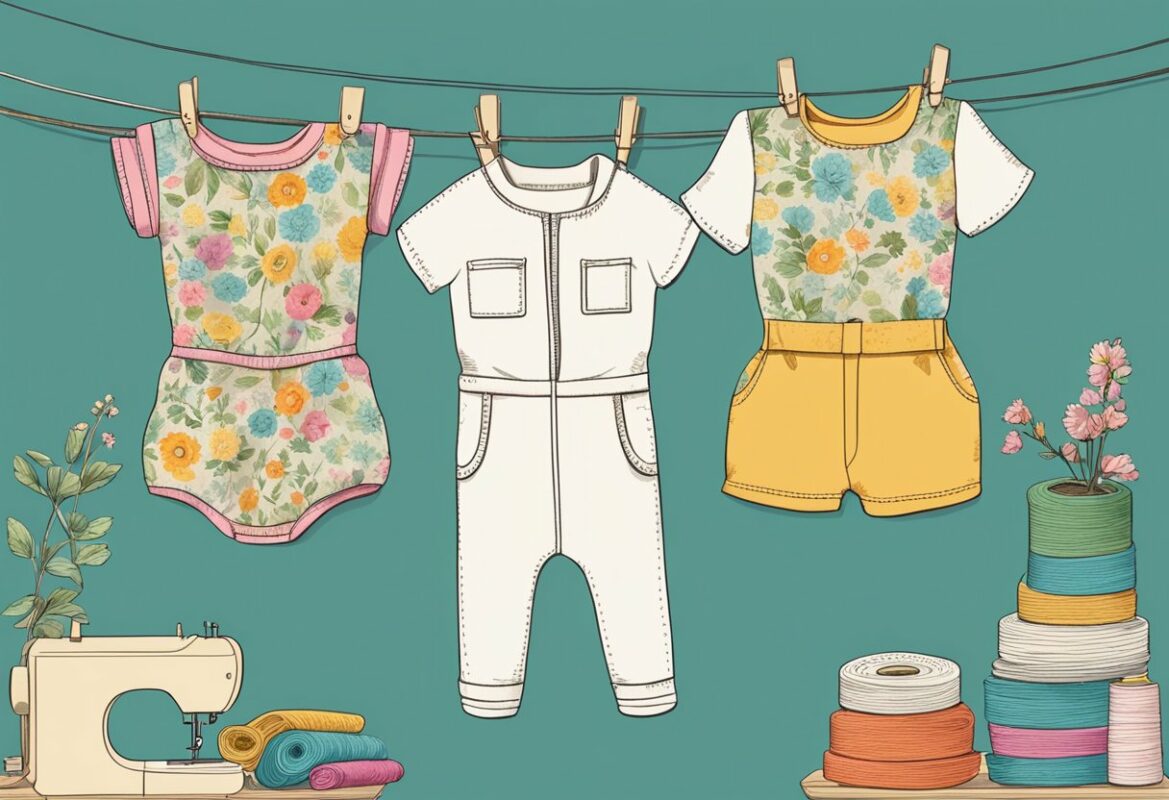Pajamas
Who Invented the One Piece: A Brief History of Its Origins
Bodysuits are a common sight today, worn by both kids and adults as sleepwear or even casual streetwear. The history of this cozy outfit is quite interesting.
Winston Churchill is often credited with popularizing the adult one-piece during World War II when he had a special green velvet all-in-one suit called a siren suit. It was practical and easy to wear during air raids.
Before Churchill’s influence, clothing resembling bodysuits already existed. Pyjamas, combining tops and bottoms, were sold as far back as the 1880s.
The concept evolved over the years, and the history of bodysuits shows how they transitioned from being functional to a fashion statement.
Today, bodysuits are known for their versatility and comfort. They have gained cultural popularity, especially as loungewear.
Some people even wear them to events like festivals or themed parties, showing how the one-piece has become a part of mainstream fashion.
Key Takeaways
- Bodysuits became popular through Churchill’s siren suit.
- Bodysuits evolved from 19th-century pajamas.
- Bodysuits are now trendy street and lounge wear.
Historical Origin of the One Piece
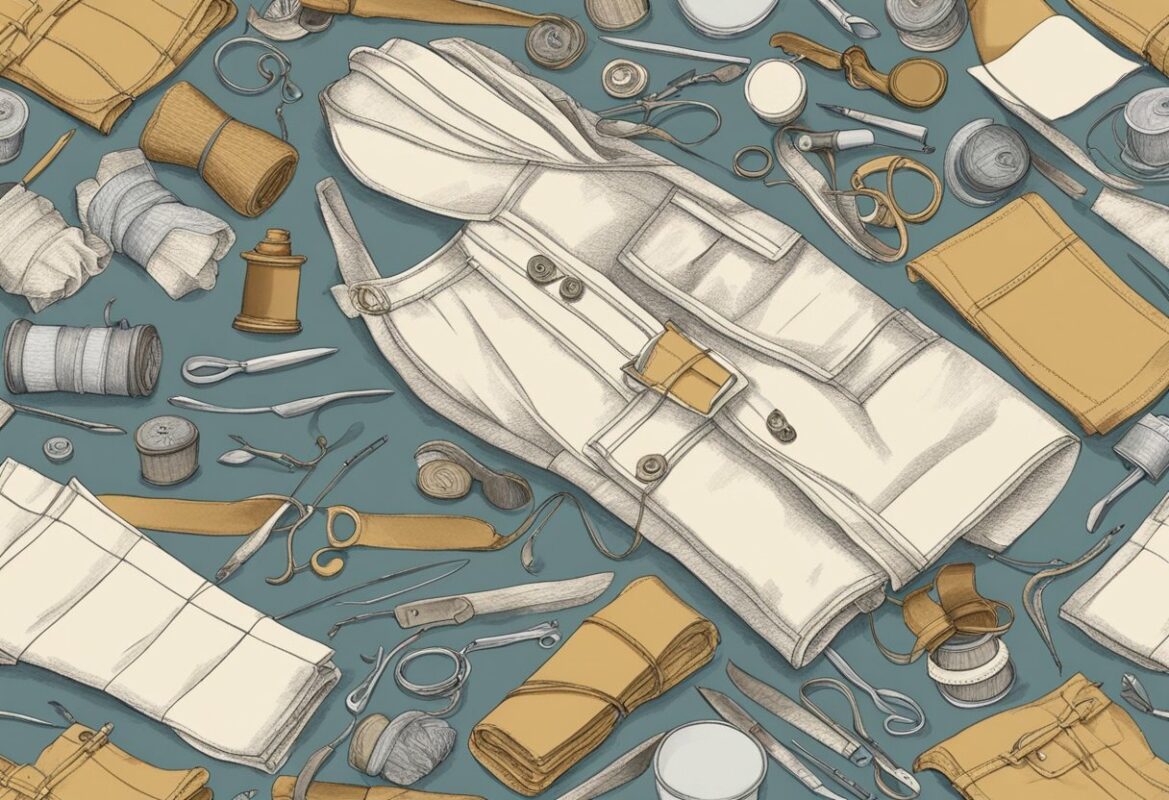
The one-piece has an intriguing history that spans centuries. Its roots can be traced back to the Victorian era when the union suit, a one-piece garment, was popular. This garment was originally designed for men, covering the body from neck to ankles.
Union Suit Evolution:
- The union suit evolved over time and contributed to the birth of the modern one-piece.
- In the 19th century, Dr. Denton created blanket sleepers designed for children. These garments mimicked the design of union suits but were tailored specifically for kids.
During the early 20th century, Winston Churchill popularized the siren suit, a practical one-piece outfit for adults. This outfit was fashioned for ease and comfort during air raids.
Fashion Shifts:
- The rational dress movement in the Victorian era paved the way for more practical clothing like rompers and bodysuits.
- These garments were initially utilitarian but later became popular in mainstream fashion.
The term “one-piece” was originally a trademark related to baby apparel but later evolved into a generic term. Today, both children and adults wear bodysuits for comfort and style.
Development of Modern Bodysuits
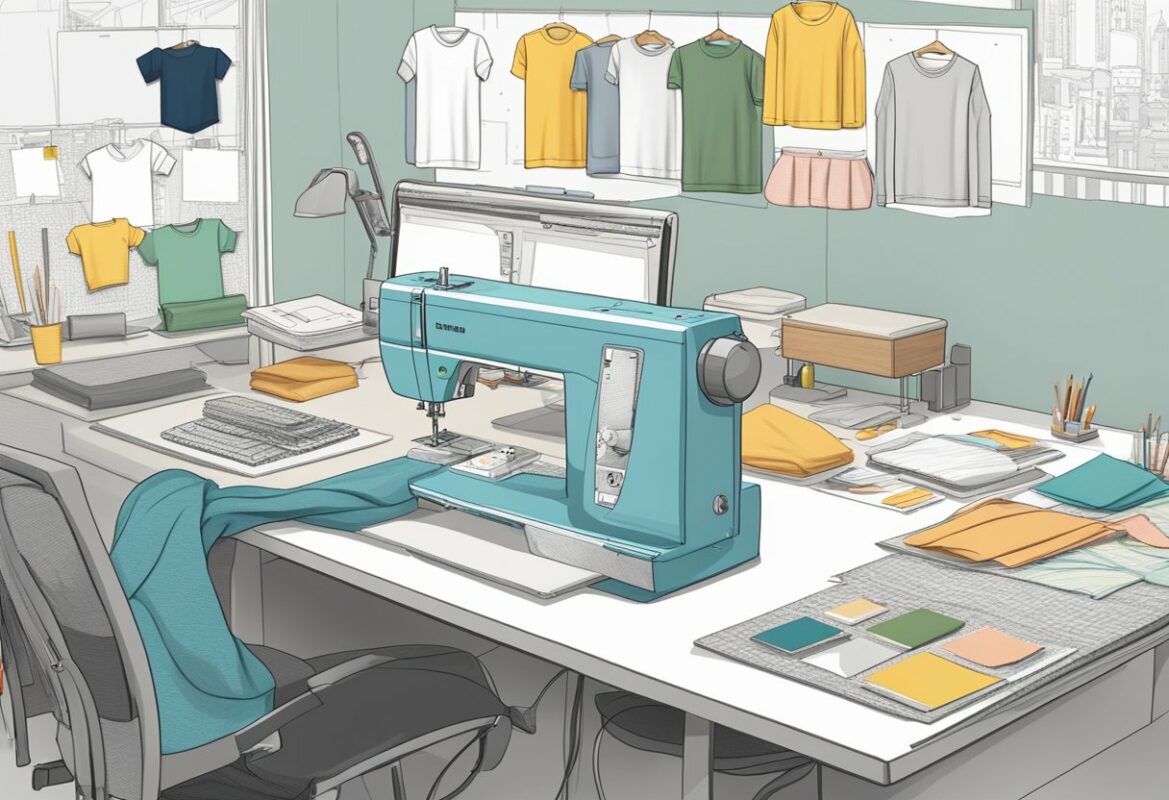
Bodysuits have come a long way from their early roots. Their development includes transitioning from practical union suits to cozy baby outfits, and even gaining popularity in adult fashion. Key elements like the zipper and knit cotton have played significant roles in their evolution.
From Union Suits to Contemporary Bodysuits
Union suits, first worn as undergarments in the 19th century, were the starting point of the modern one-piece. These one-piece suits were known for their warmth and practicality, often made from materials like wool or cotton.
As time went on, these suits inspired more comfortable and flexible designs, eventually turning into the style of contemporary bodysuits.
The incorporation of features like snaps and zippers made them easier to use. They became ideal for cold climates or as functional undergarments. As materials evolved, so did the design, moving toward more fashionable fabrics and styles that could be worn both at home and outdoors.
Emergence of the Baby One Piece
Baby bodysuits became a staple outfit for infants thanks to innovations in the early 20th century. Whitley Denton, a textile worker from Michigan, played a significant role in this development. He created the “Dr. Denton’s blanket sleepers” which were mass-produced and became popular for their convenience and warmth for babies. They were made from soft materials like chenille or fleece to keep infants comfortable.
In the 1950s and 60s, brands like Gerber Childrenswear started mass-producing the baby bodysuit. This fitted, one-piece garment was easy to put on and take off, which appealed to American parents during the baby boom era. The baby one-piece quickly became an essential part of any infant’s wardrobe.
Adoption in Adult Fashion
The transition of bodysuits into adult fashion marked a new era in comfortable clothing. Beginning in the late 20th century, adult bodysuits surfaced as leisurewear. They borrowed elements from union suits but shifted toward fashionable and practical loungewear.
Adults started embracing the one-piece style often made with soft fabrics, such as fleece or knit cotton. It gained popularity for its comfort and ease-of-wear, evolving into various styles ranging from casual to more sophisticated designs. Today, adult bodysuits are seen in everything from themed loungewear to everyday jumpsuits, reflecting changing fashion trends.
Functionality and Design Features
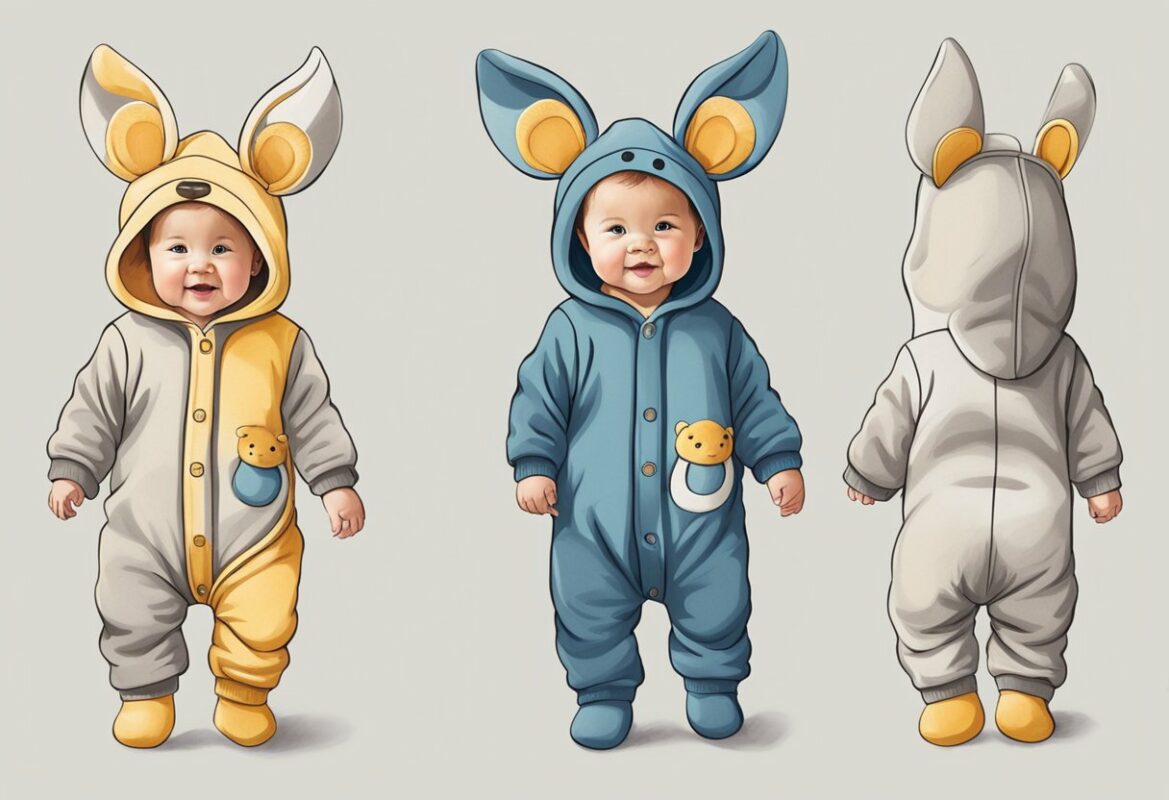
Bodysuits serve various purposes, ranging from providing warmth in colder months to offering easy access for diaper changes. They often include practical elements to enhance both comfort and function in everyday wear.
Comfort and Convenience
Comfort is a central focus in one-piece design. Made from soft materials like fleece or cotton, bodysuits feel cozy against the skin.
Long-sleeved pajamas and blanket sleepers add extra warmth, ideal for chilly nights.
Convenience is equally important, particularly in baby bodysuits. Features like snapsuits with strategically placed snaps allow for quick diaper changes.
Zippers offer another quick-fastening option, simplifying the process of getting dressed or undressed.
Some designs even incorporate a bum flap or drop seat in adult bodysuits, enhancing utility without compromising comfort.
Variations and Innovations
Over time, one-piece styles have diversified. Traditional long johns evolved into modern sleepwear with bold patterns and colors.
The introduction of JumpinJammerz popularized adult bodysuits, highlighting their versatility as leisurewear.
Innovative designs often include functional details like hoods or footed bottoms, found in styles like the blanket sleeper.
Some variations even incorporate elements such as an adjustable drop seat, making them handy for different needs. With continuous innovations, the one-piece remains a popular choice across all age groups, serving various purposes from practicality to fun.
Cultural Impact and Popularity
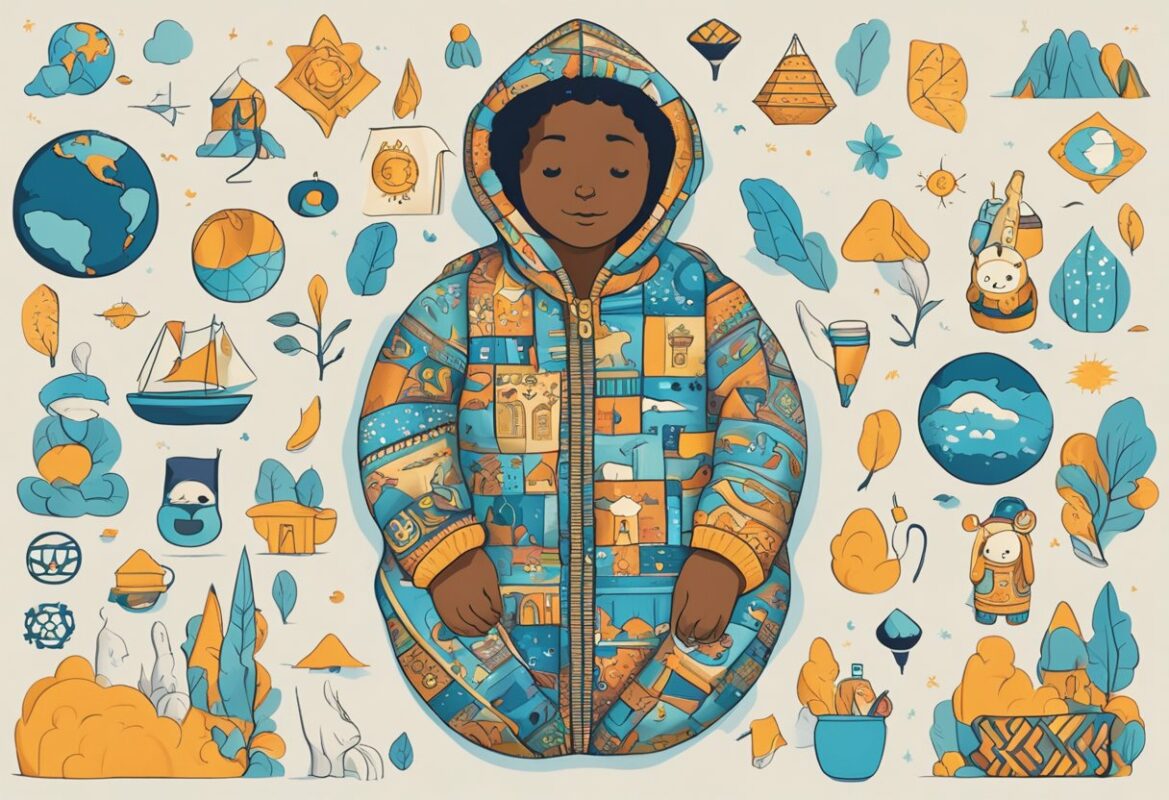
Bodysuits have significantly influenced pop culture and fashion trends. They have found their way into various media and have been popularized by celebrities, making them a common choice for both adults and children.
Bodysuits in Media and Entertainment
Bodysuits have made notable appearances in media and entertainment, solidifying their place in popular culture. They gained visibility through shows like MADtv and CSI: Las Vegas, where characters were seen donning these cozy outfits.
The amusing sight of adults wearing bodysuits added a quirky charm, captivating audiences and sparking interest.
The presence of bodysuits on such platforms introduced them to a broader audience, allowing people to associate them with comfort and fun.
This media exposure played a significant role in elevating the garment’s status from simple sleepwear to a fashionable choice for lounging and leisure activities. The one-piece’s presence in media has undeniably contributed to its lasting popularity and appeal.
Celebrity Influence and Trendsetting
Celebrities have had a profound impact on the trendiness of bodysuits, often wearing them publicly and showcasing them on social media.
For instance, in 2007, adult bodysuits became a fashionable gift among celebrities. Some even wore these garments to high-profile events like the Academy Awards and Emmy Awards.
Such celebrity endorsements added a trendy appeal to bodysuits, making them a sought-after fashion item.
These public figures have turned bodysuits into a symbol of playful fashion, bridging the gap between childhood attire and adult leisurewear. Their influence has carved out a distinct niche for bodysuits in the fashion world, illustrating how celebrity culture can drive fashion trends and popularize quirky styles.
Legal and Commercial Aspects

Bodysuits have become a staple in baby fashion, and their commercial success is closely tied to both trademark rights and changing consumer behaviors.
Trademark and Intellectual Property
The term “onesie” is a registered trademark owned by Gerber Products Company since the early 1980s. This trademark protection prevents other companies from using the word “onesie” to describe their products.
Instead, they must use alternative terms like “baby bodysuit” or “one-piece garments.”
Gerber’s legal rights to the term have helped them maintain a strong presence in the baby clothing market. Intellectual property laws ensure they can protect their brand identity, which gives them an edge in appealing to American parents. This trademark has contributed to consumer trust and brand recognition.
Market Trends and Consumer Behavior
The one-piece’s popularity surged alongside baby boom generations, evolving into a common choice for infants. Initially inspired by historical garments, the one-piece gained traction as an essential baby item.
Modern consumer behavior shows a preference for comfort and convenience, aligning with trends toward simplicity in baby fashion.
Parents gravitate toward versatile clothing that provides ease of use. As fashion trends continue to shift, companies stay competitive by introducing new designs, colors, and materials.
These trends reflect the one-piece’s role in the broader landscape of children’s fashion, drawing interest from both parents and retailers.
Frequently Asked Questions

The one-piece has a rich history that spans from its practical origins to becoming a popular fashion trend. Both adults and infants have unique stories connected to the development of bodysuits, from early designs to mainstream popularity.
Who is credited with the invention of the one-piece for adults?
Winston Churchill is often recognized for popularizing an early version of the adult one-piece with his “siren suit,” which he wore during World War II. This functional garment was designed for quick dressing during air raids.
What is the history behind bodysuits for babies?
The baby one-piece originated from garments like “Dr. Denton’s blanket sleepers,” designed in the 19th century. They evolved from union suits, adding features like zippers for convenience. These designs became staples in baby clothing due to their practicality and comfort.
Did a notable historical figure popularize the adult one-piece?
Yes, Winston Churchill helped bring attention to the adult one-piece. His adaptation known as the “siren suit” was a one-piece garment used during air raids. It combined style and practicality, making it notable in history.
How did the one-piece trend begin and gain popularity?
The one-piece trend began with functional designs for warmth and convenience, but it surged in popularity when adopted by celebrities and fashion designers. By the late 20th century, it became a fashionable choice for both comfort and style, notably in casual wear.
What year marked the introduction of the one-piece for adult use?
The adult one-piece saw increased mainstream use in the mid-20th century. While earlier forms existed, it was Winston Churchill’s use in the 1940s that set the stage for broader acceptance and later fashion adaptations.
Are there significant differences between bodysuits intended for men and women?
While the basic design of bodysuits remains similar, there are style differences in patterns, colors, and fits tailored to men and women.
Often, women’s bodysuits might feature more form-fitting cuts or decorative elements, while men’s might emphasize ease and comfort.

